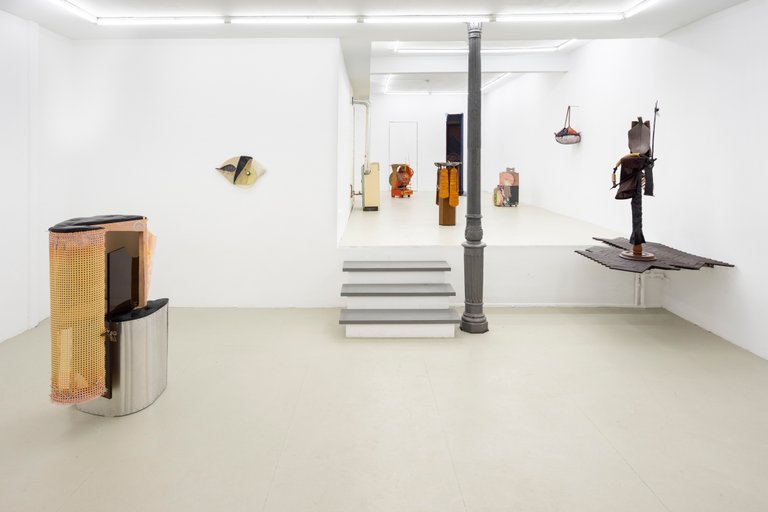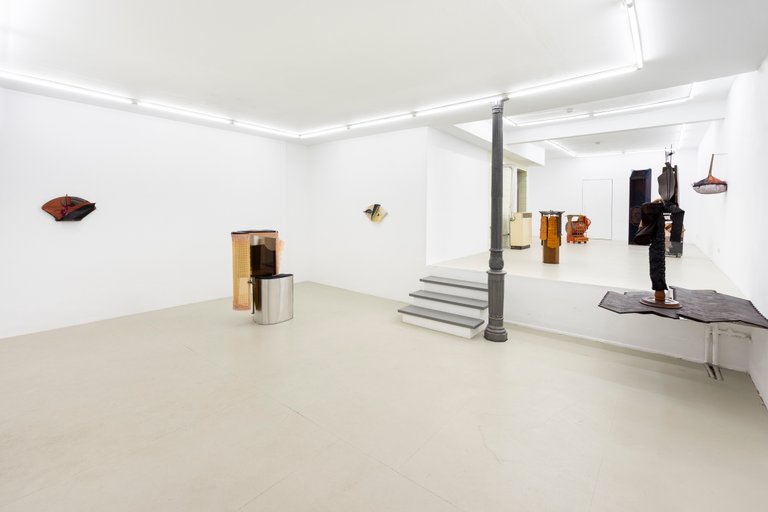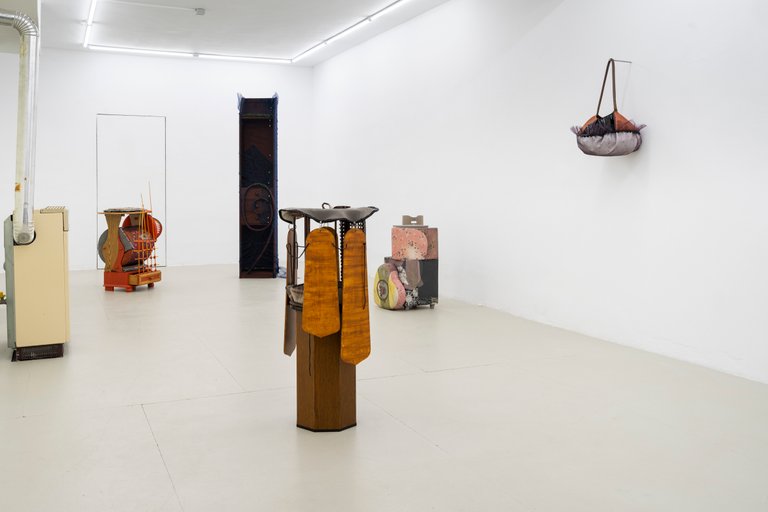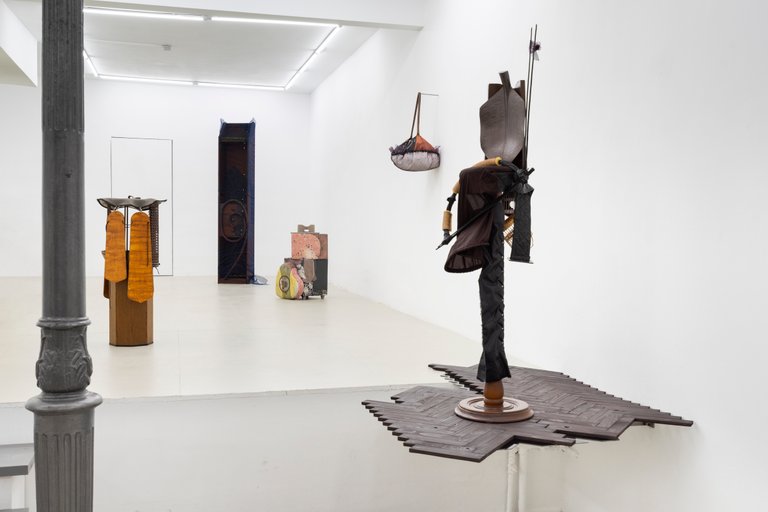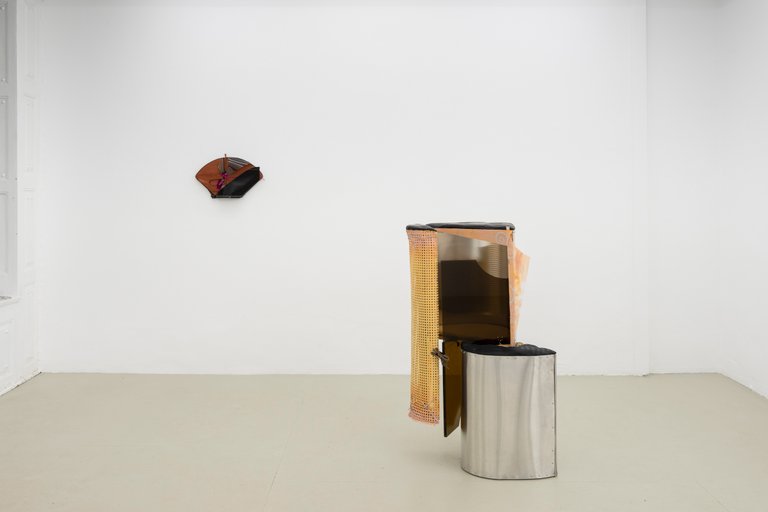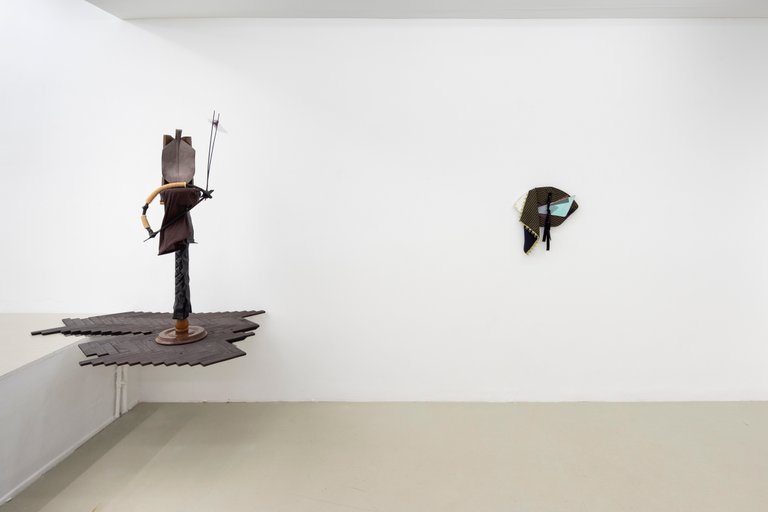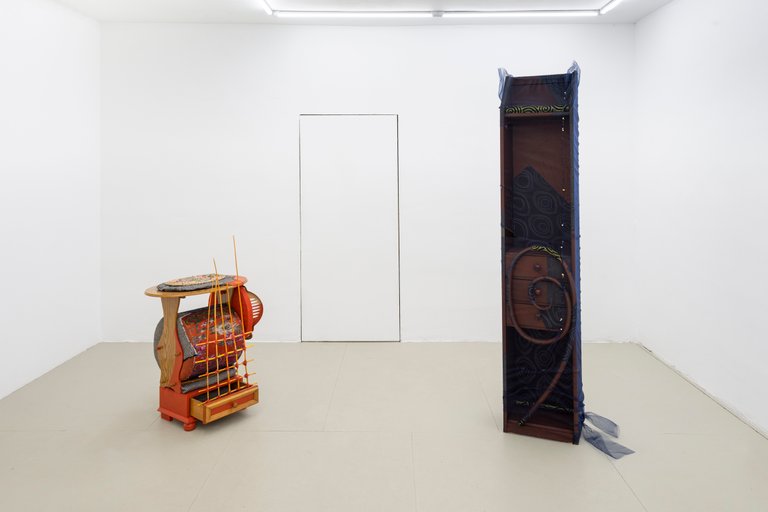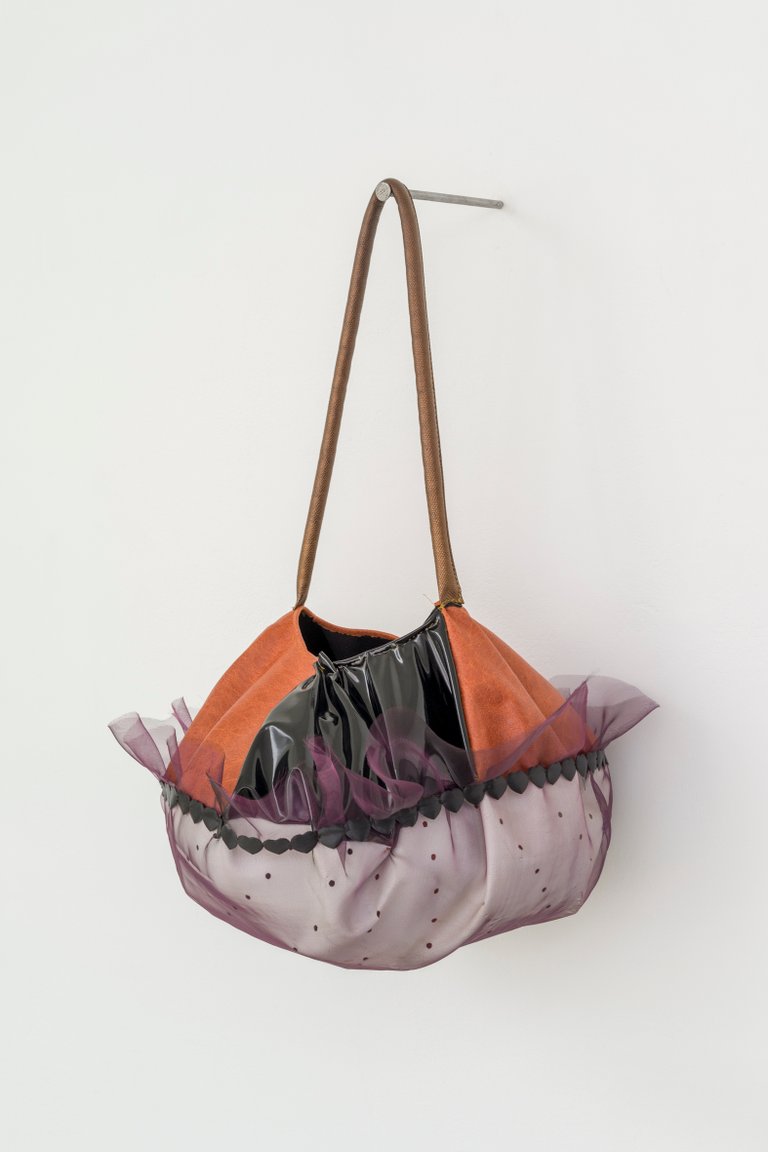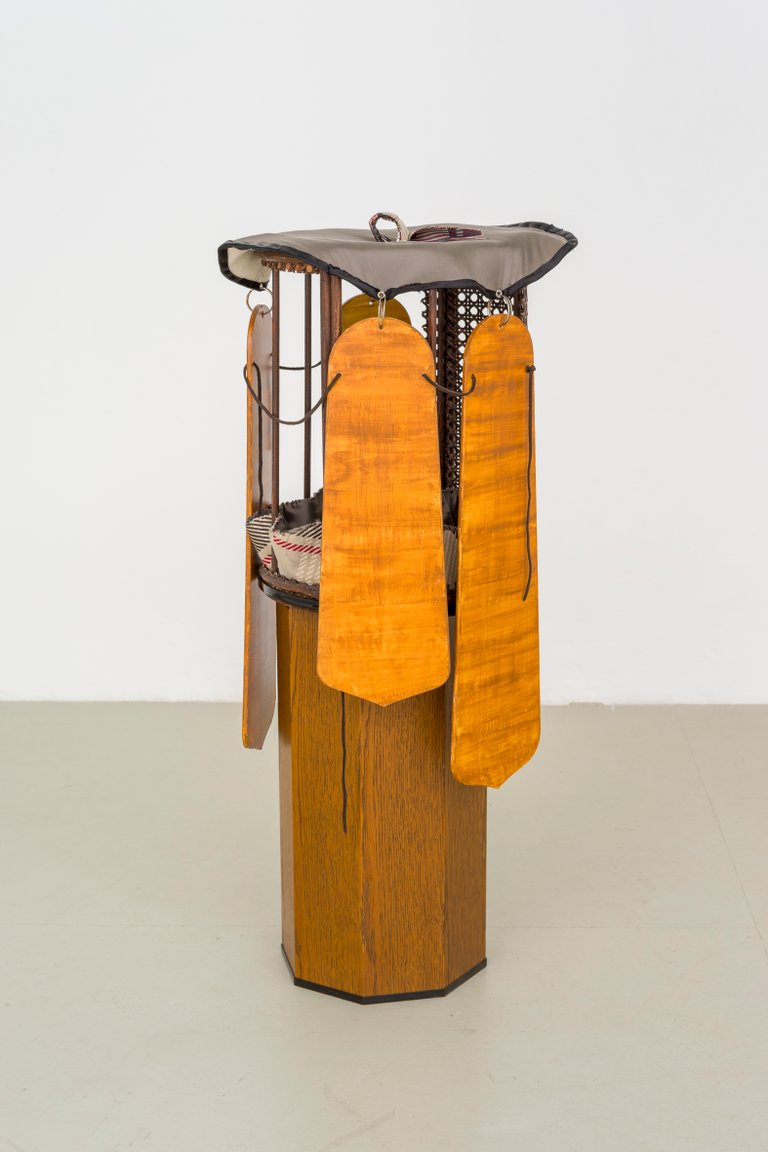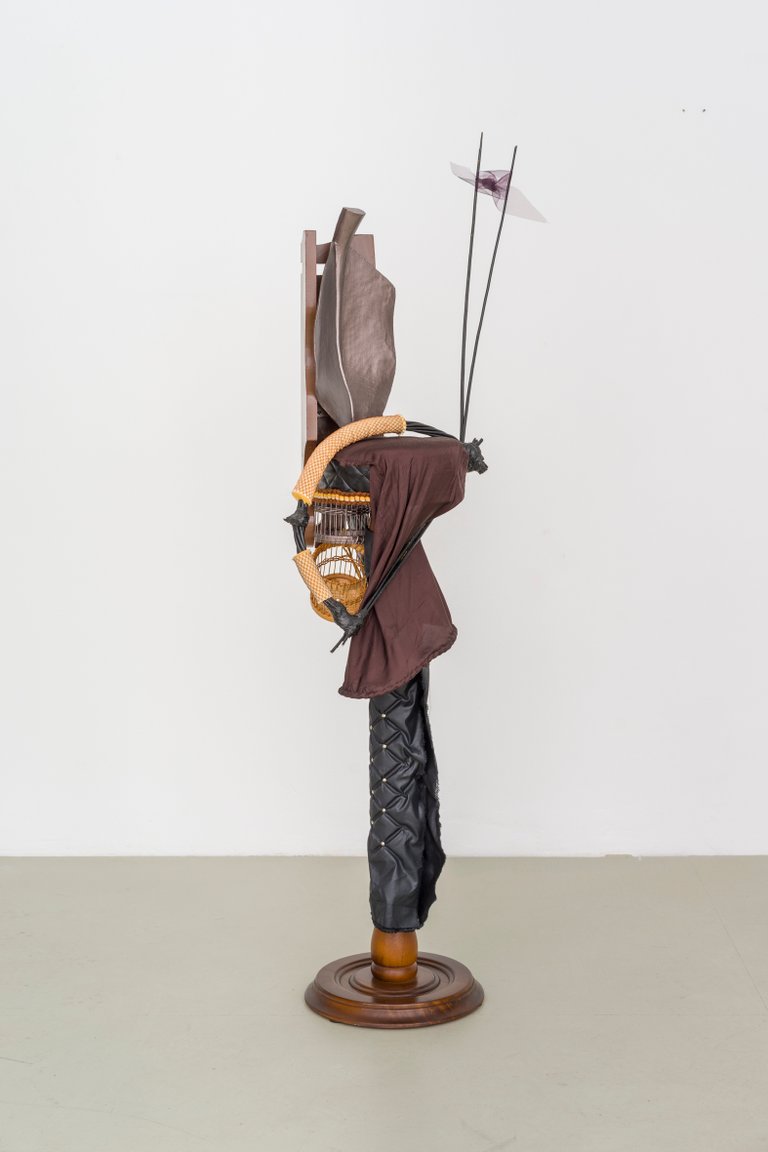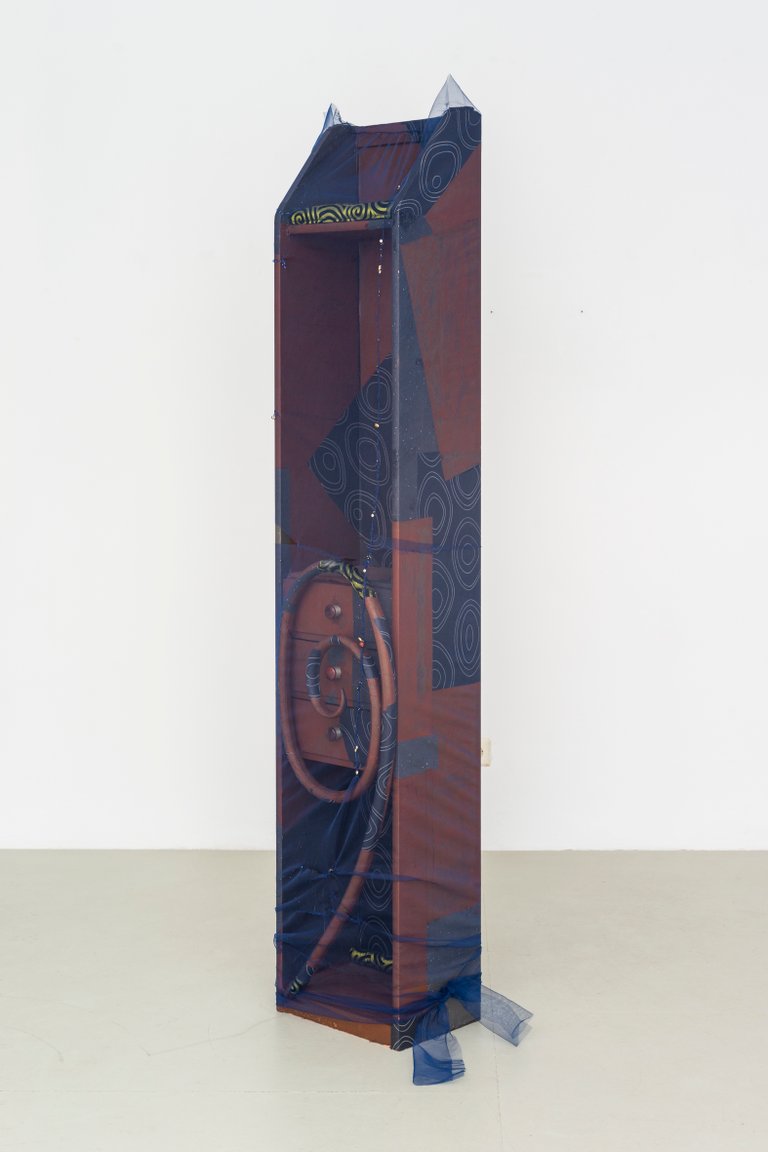Trinkets on Trellis
Miriam Schmitz
Jan 20
- Mar 1, 2024
Opening / Jan 19, 7 PM
Trinkets on Trellis
Miriam Schmitz
Jan 20
- Mar 1, 2024
Opening / Jan 19, 7 PM
Trinkets on Trellis
Miriam Schmitz
Jan 20
- Mar 1, 2024
Opening / Jan 19, 7 PM
Trinkets on Trellis
Miriam Schmitz
Jan 20
- Mar 1, 2024
Opening / Jan 19, 7 PM

Miriam Schmitz
Nestled Lights (1), 2023
WOOD, FAUX LEATHER, PLASTIC, PAPER, FOIL, FABRIC
34,5 X 51,5 X 8,5 CM
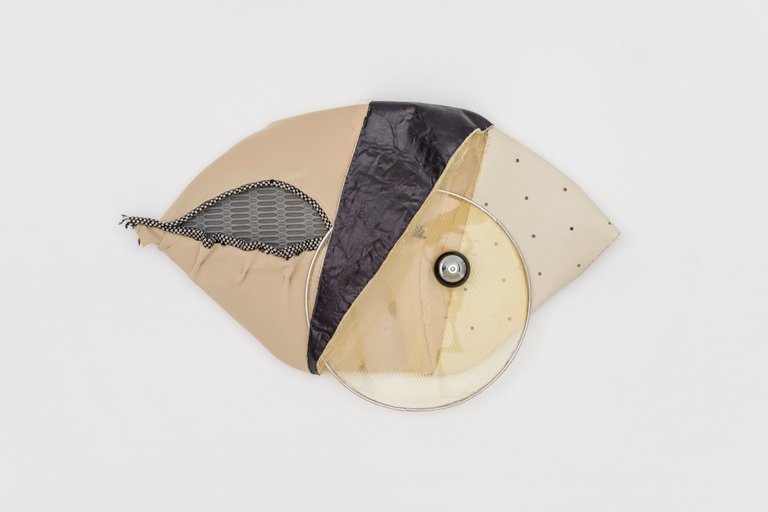
Miriam Schmitz
Nestled Lights (2), 2023
WOOD, FABRIC, ALUMINUM, EPOXY RESIN, CABINET KNOB
34,5 X 51,5 X 6,5 CM
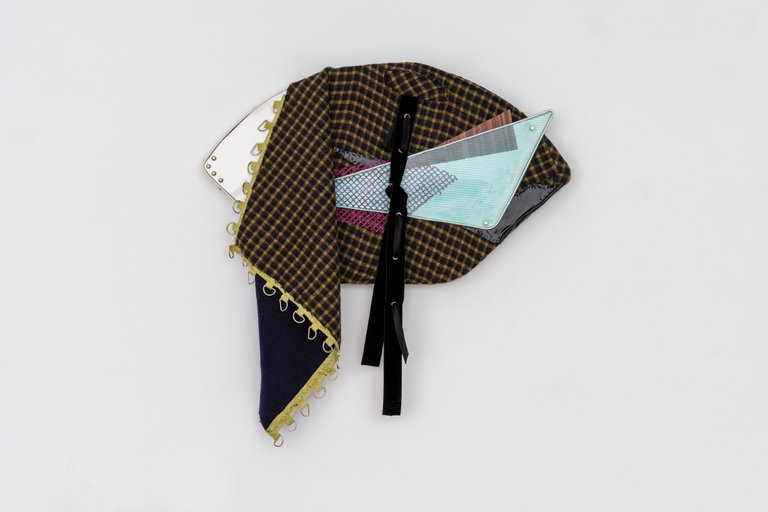
Miriam Schmitz
Nestled Lights (3), 2024
wood, fabric, aluminum, epoxy resin, paper, artificial pearls
56 x 51,5 x 5 CM
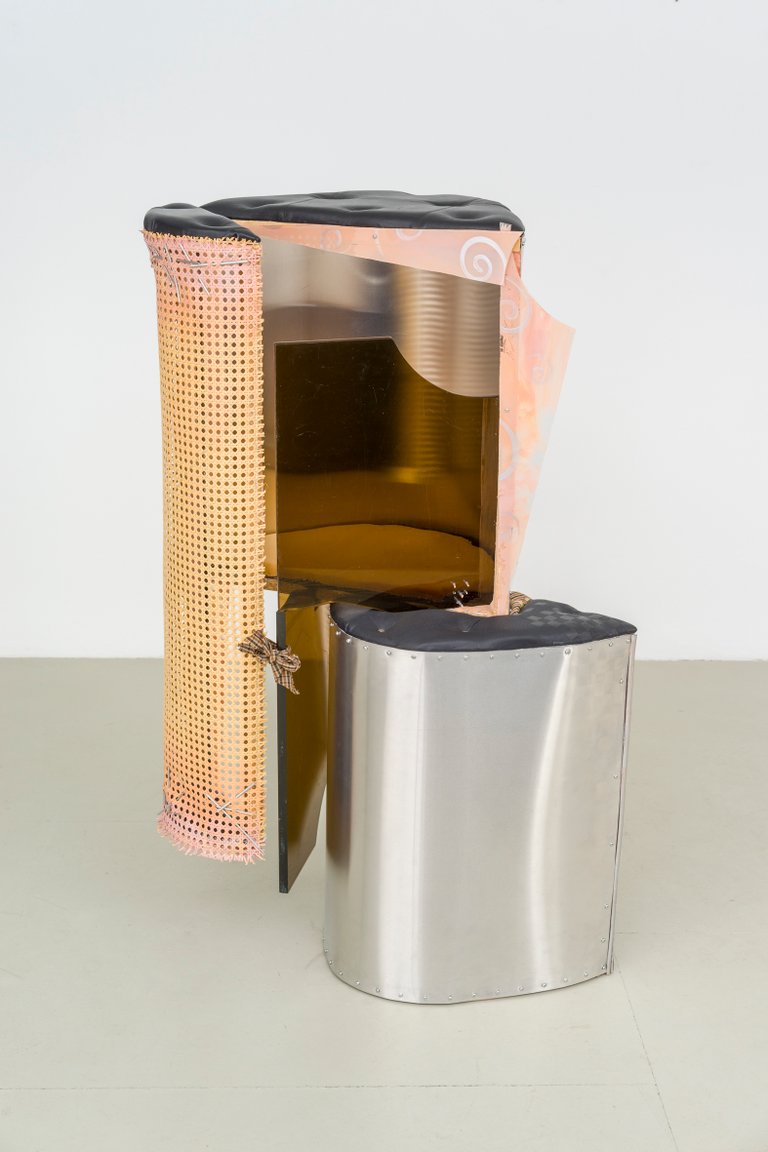
Miriam Schmitz
SoHo Witch, 2023
WOOD, ALUMINUM, LEATHER, PLASTIC, FOAM, FABRIC, PLEXIGLASS, ACRYLIC GLASS, ACRYLIC PAINT
125 X 79 X 57 CM

Miriam Schmitz
Stuffed Times Nightstand, 2023
wood, foam, fabric, acrylic paint, acrylic glass
72 x 40,5 x 36 cm
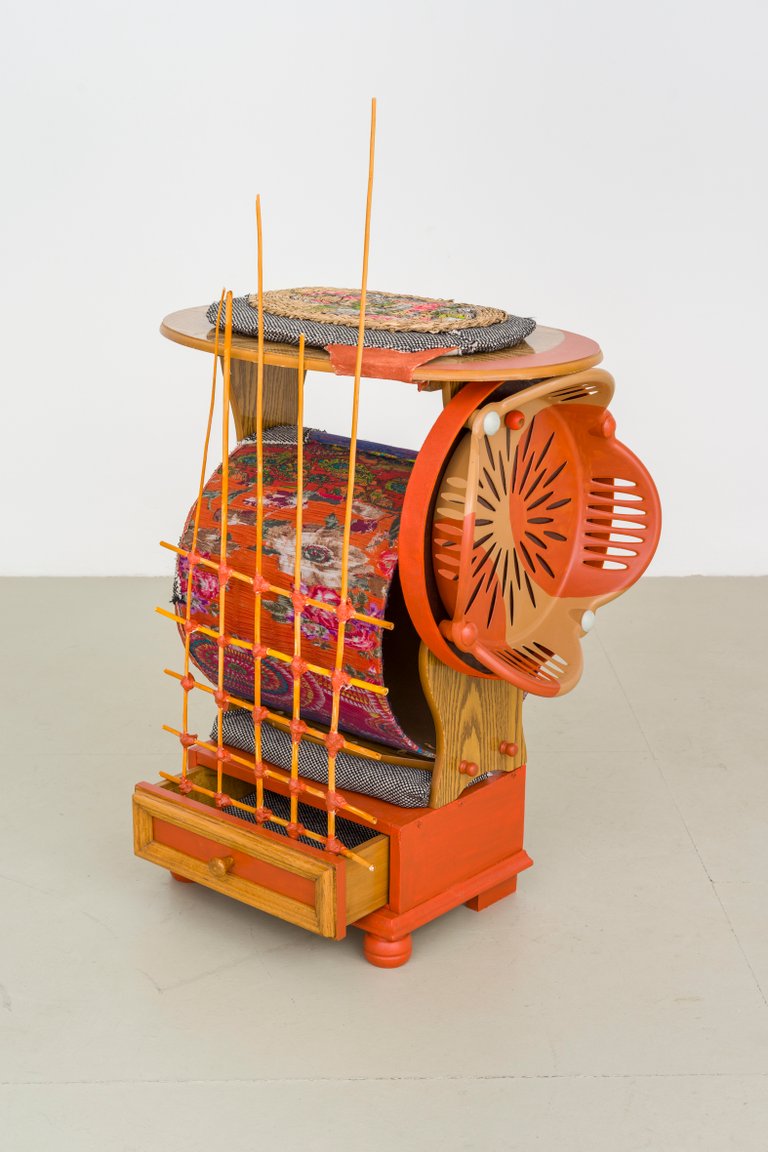
Miriam Schmitz
Yard, Button, Girl, 2024
WOOD, FABRIC, FOAM, PLASTIC, ACRYLIC PAINT, CARDBOARD, RAFFIA, GYPSUM
77 X 64 X 42 CM
